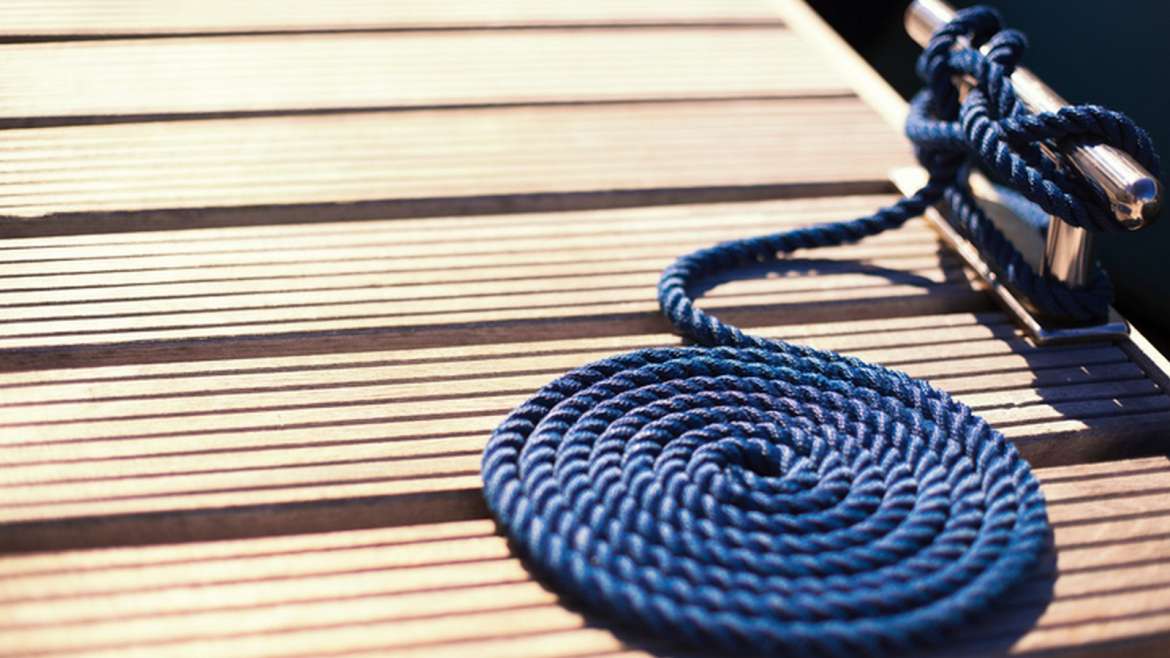Everyone Should Know
1. Aft – Also known as the stern which is the back of a ship. If something is located aft, it is at the back of the sailboat.
2. Bow – Which is the front of the ship. This then helps us with two other keywords which are port and starboard. With port meaning left to the bow whilst starboard meaning right of the bow.
3. Port – Port is always the left-hand side of the boat when you are facing the bow.
4. Starboard – Starboard is always the right-hand side of the boat when you are facing the bow.
5. Leeward – Also known as lee, leeward is the direction opposite to the way the wind is currently blowing (windward).
6. Windward – The direction in which the wind is currently blowing. Windward is the opposite of leeward (the opposite direction of the wind). Sailboats tend to move with the wind, making the windward direction an important sailing term to know.
7. Boom – The boom is the horizontal pole which extends from the bottom of the mast. A sailboat is able to harness wind power also by adjusting the boom towards the direction of the wind.
8. Rudder – A flat piece of wood, fiberglass, or metal which is located beneath the boat and is used to steer the ship.
9. Tacking – This refers to turning the bow of the boat through the wind so that the wind changes from one side of the boat to the other side. The boom of a boat will always shift from one side to the other when performing a tack or a jibe. Tackling is the opposite of jibing.
10. Jibing – This refers to turning the stern of the boat through the wind so that the wind changes from one side of the boat to the other side. The boom of a boat will always shift from one side to the other when performing a tack or a jibe. Jibing is a less common technique than tacking, since it involves turning a boat directly into the wind.


